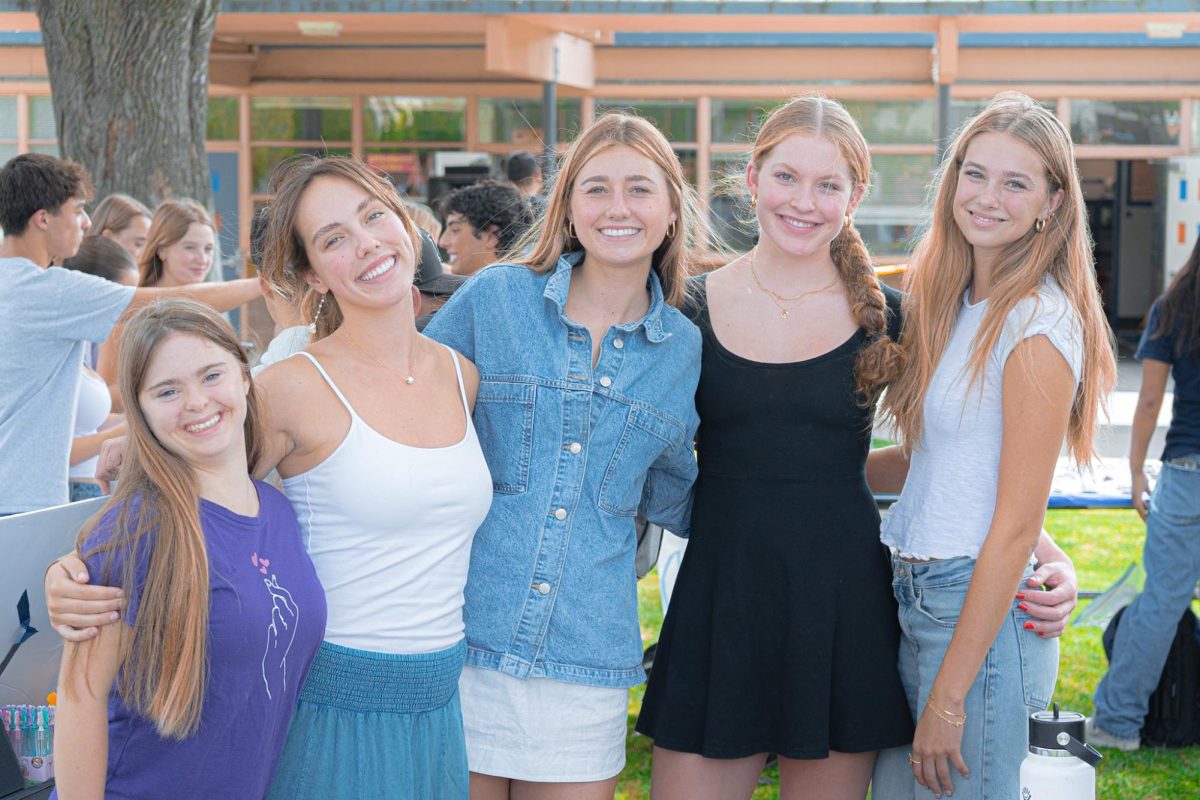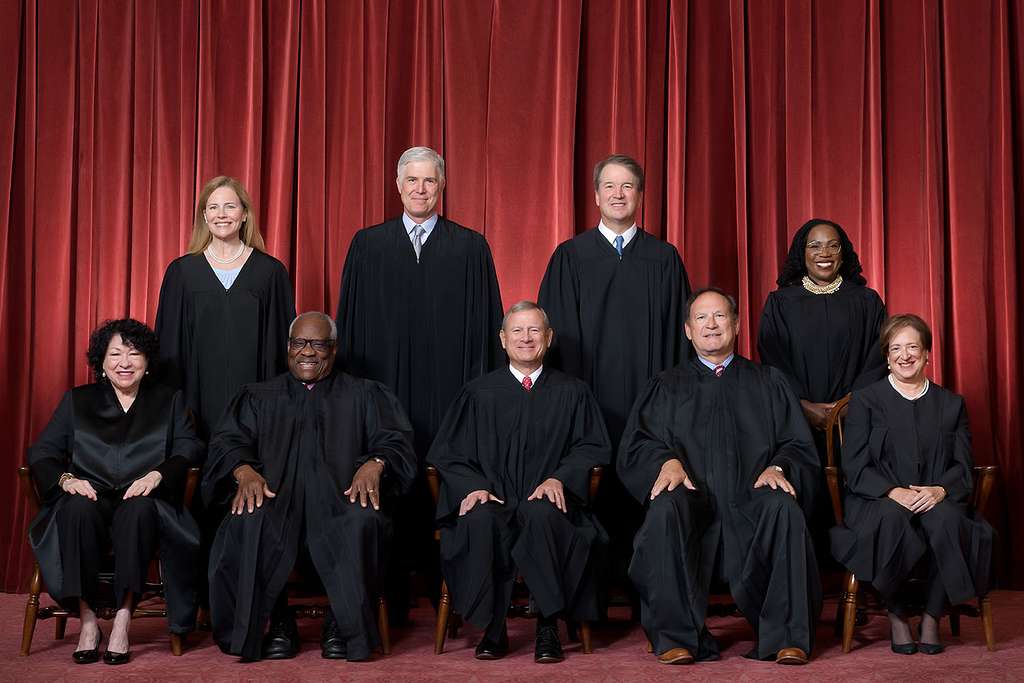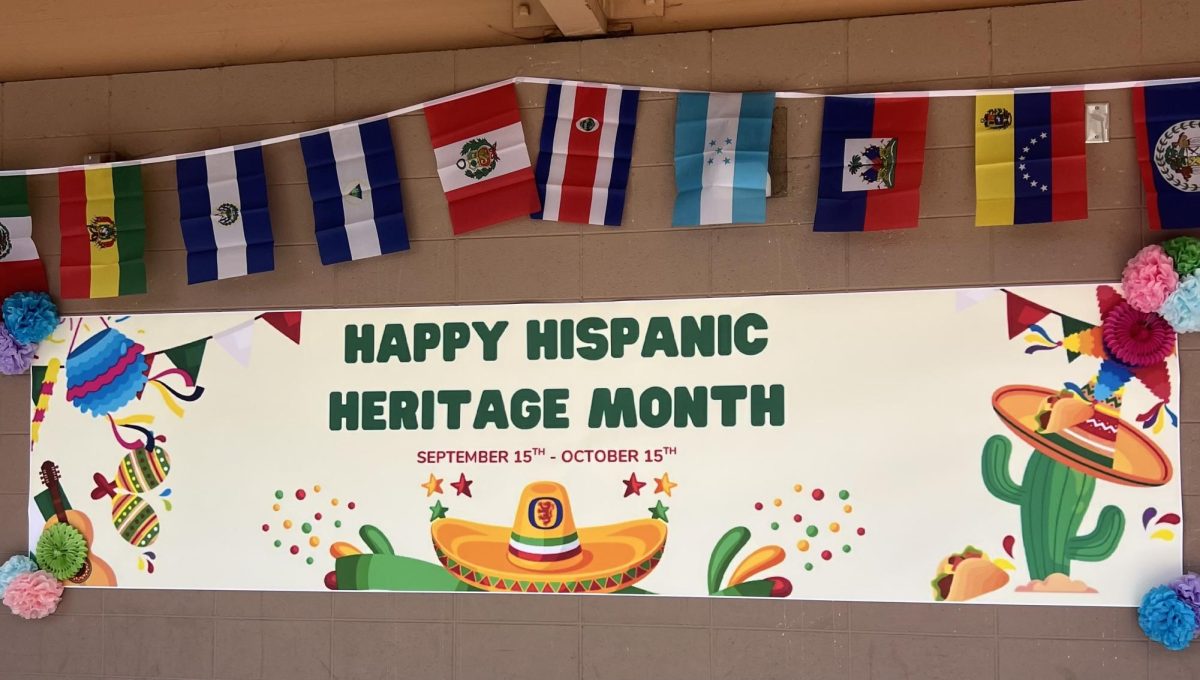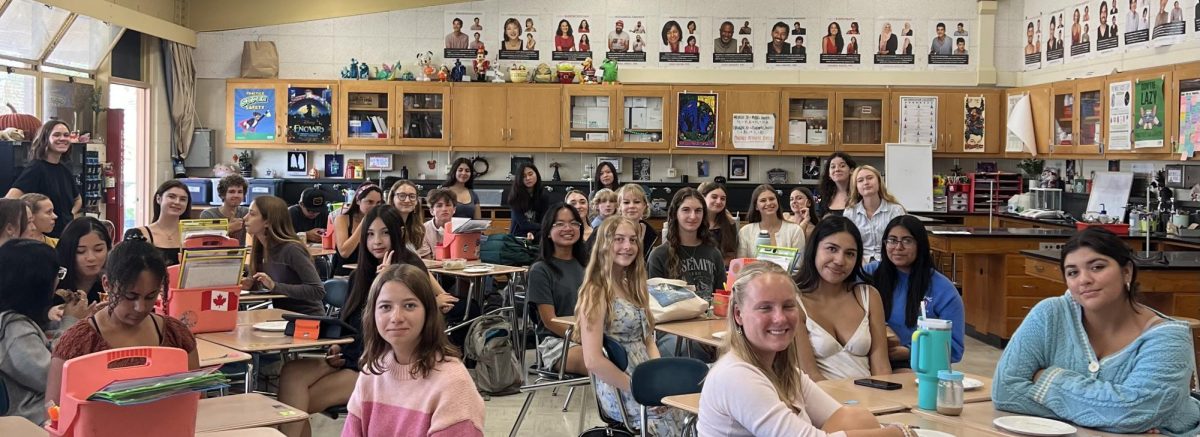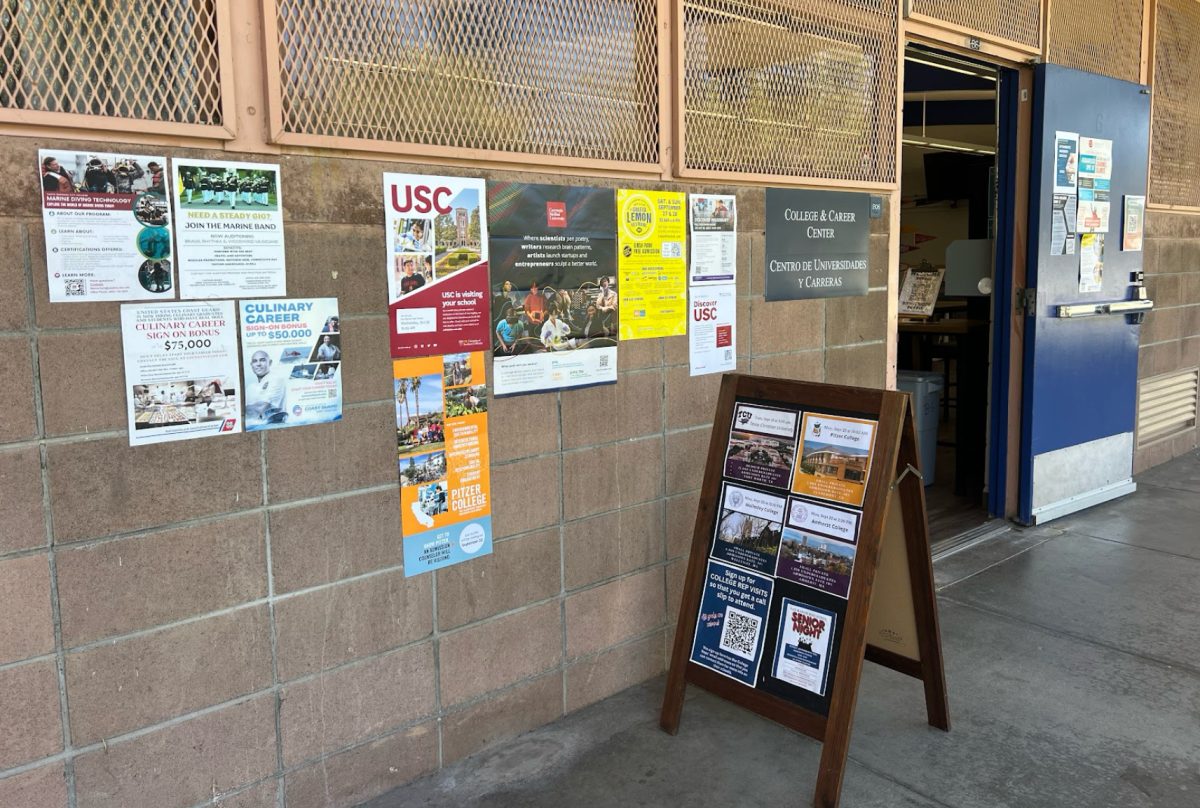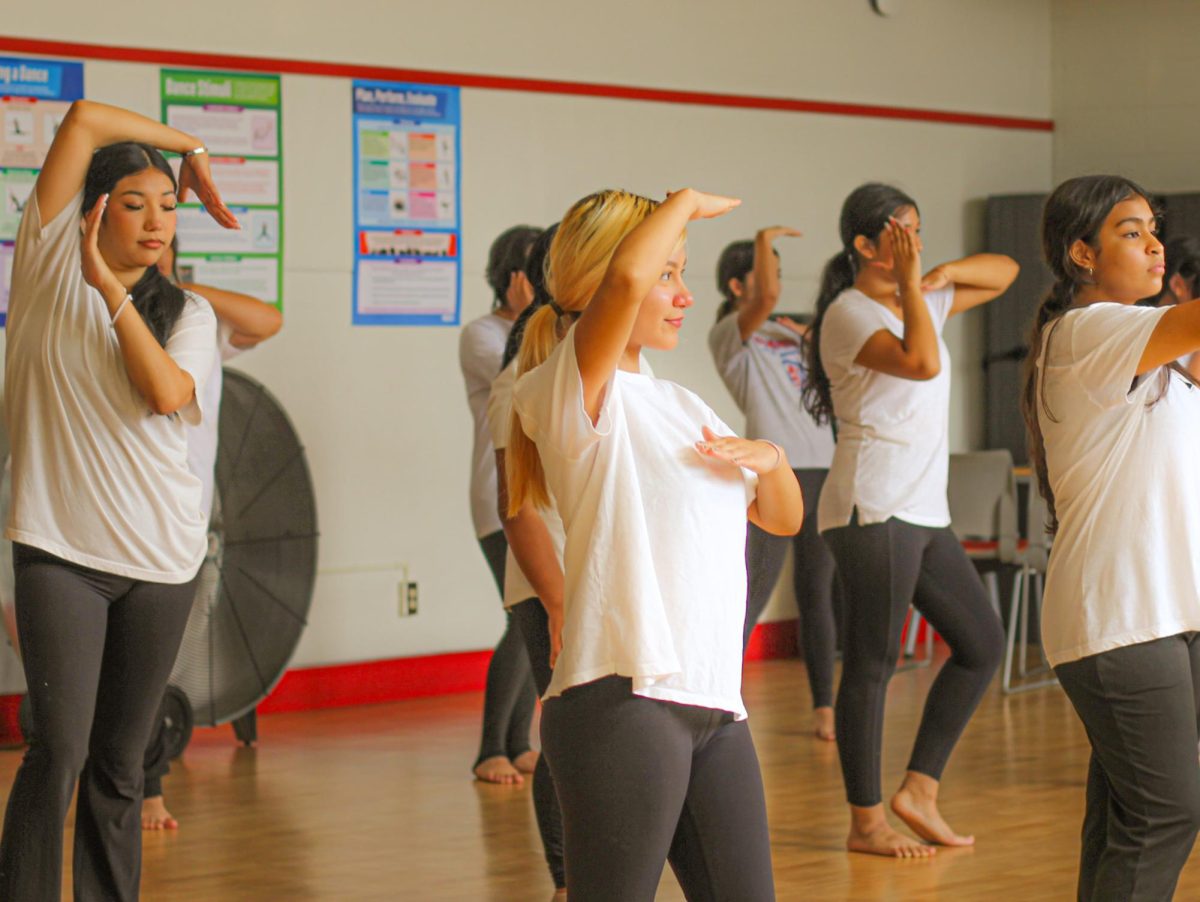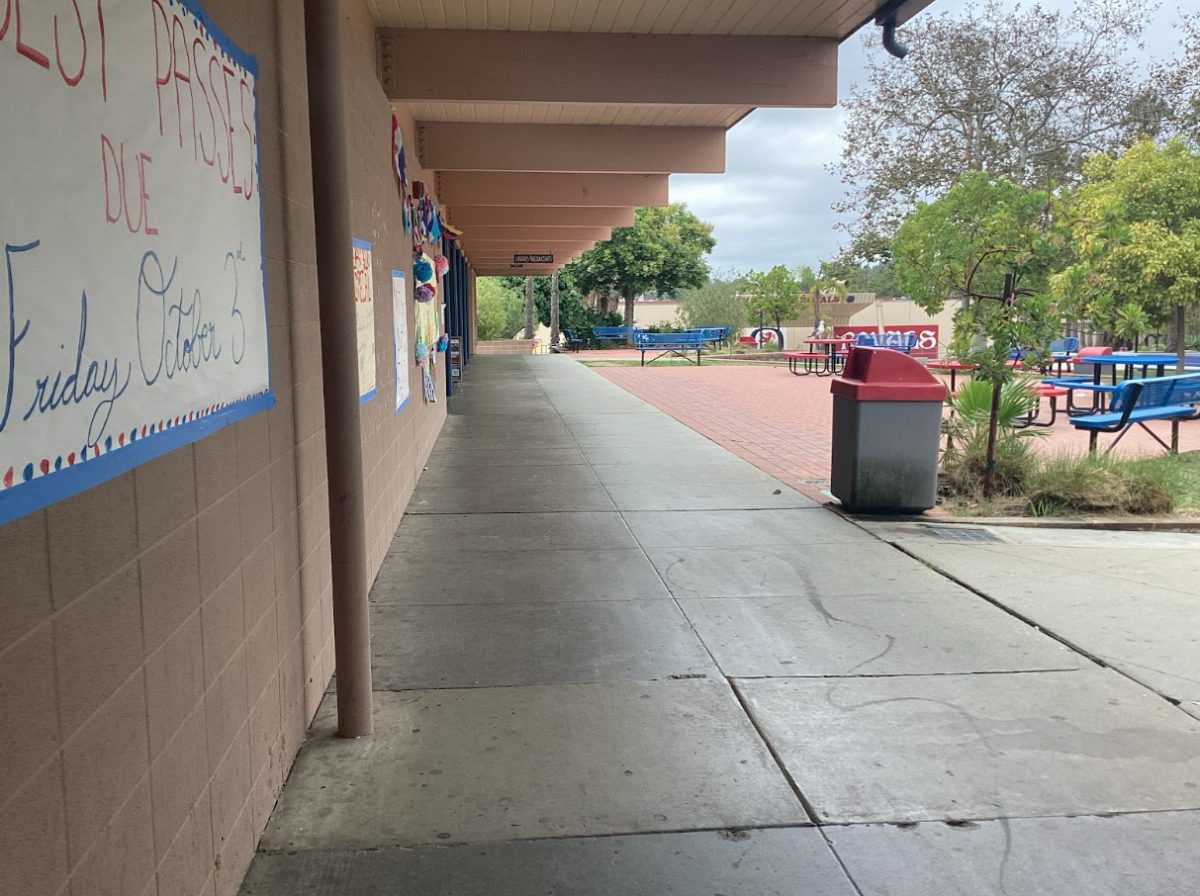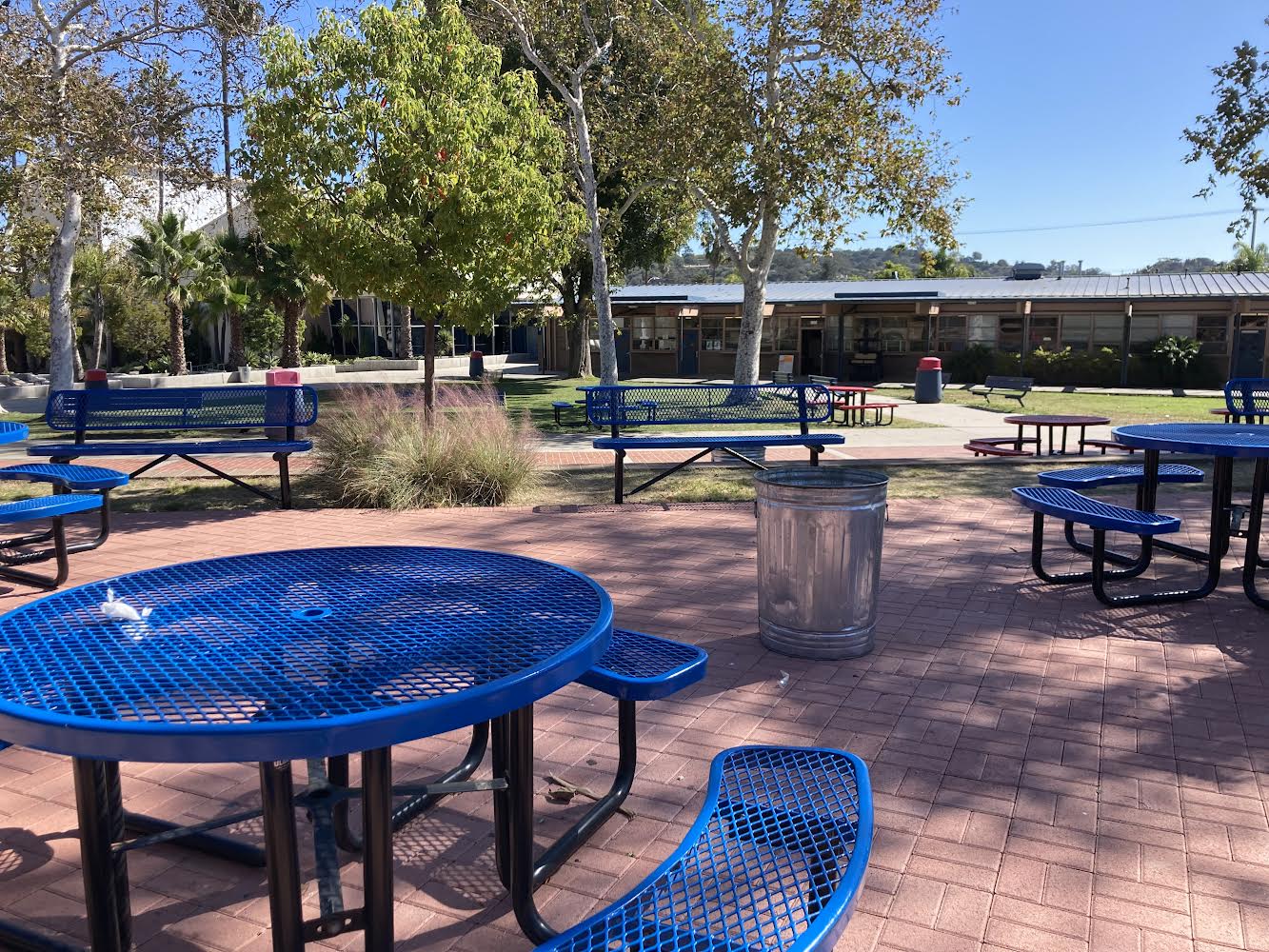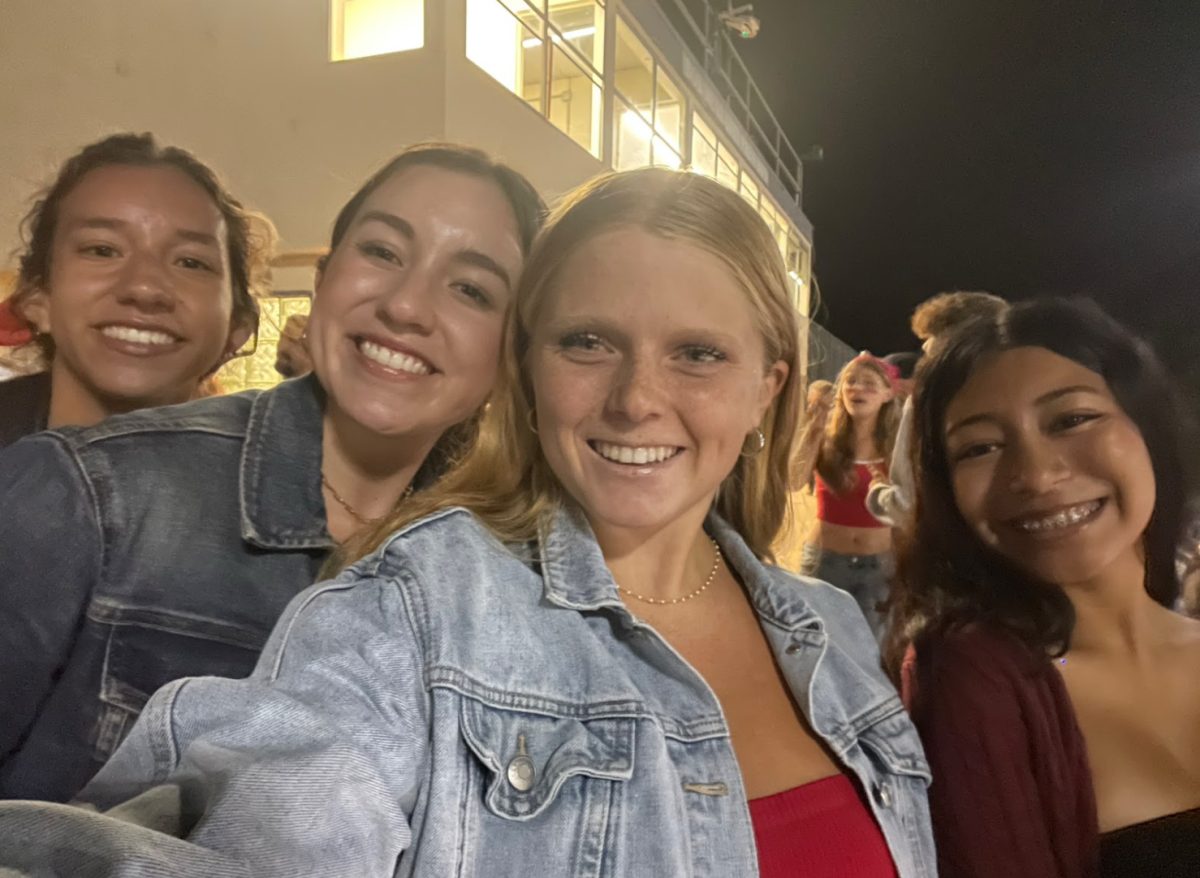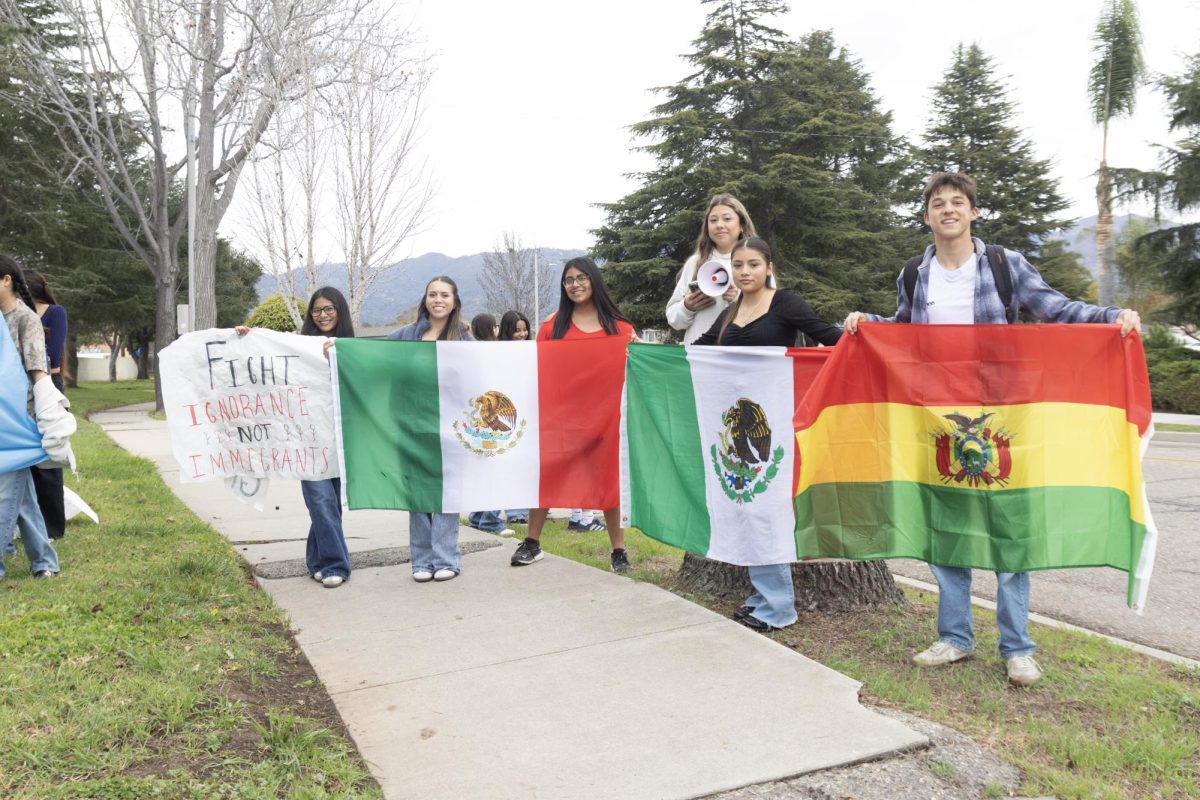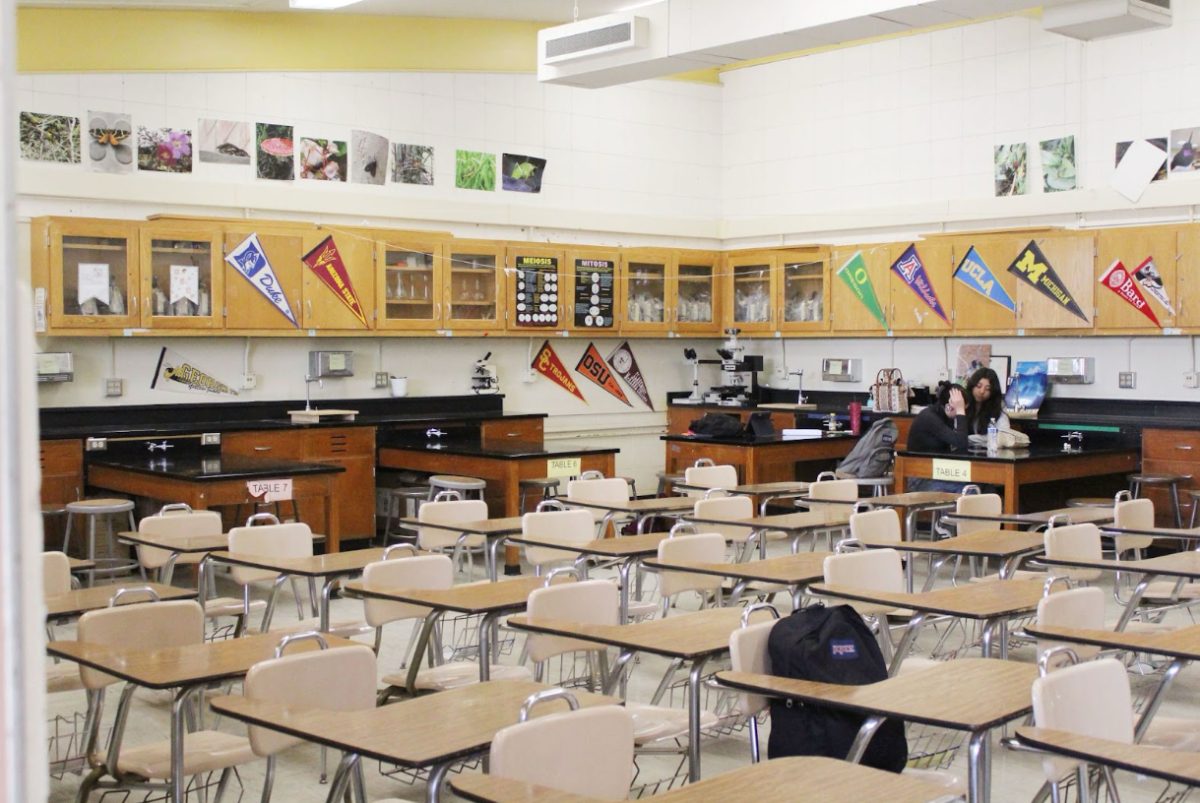BAYLIE BINGHAM
Staff Writer
With nearly two thousand students at San Marcos High School, there comes an assurance of an equally substantial, (if not more) amount of trash collected on campus. Waste has become a global issue complete with great risks to personal, environmental, and economic health. Schools in California produce up to 500,000 tons of trash every year. The trouble at our school is despite the many trash and recycling units scattered throughout campus, more trash seems to make it onto the floor in comparison to the bins provided.
“Between two gardeners, it takes a little bit over two hours,” Jaime Navarro, the head groundskeeper of 15 years said, “And it is getting worse and worse, maybe three hours now.” he finishes. It is not only our custodial staff’s job to pick up trash but ours as well. If every student pitched it, the three hours could be whittled down to one. When asked what the biggest difficulty he faced with his career is, he said, “They used to listen. Now, if you tell them to pick up the trash they say no.” Not only is the littering aspect of his claim grim, but the blatant disrespect for our custodial staff is shocking.
As expected, a variety of different waste is collected on campus. From papers to assorted plastics, there is no lack of assortment. However, the better part of the debris scattered around is food waste. As it turns out, most of the waste left on campus is bits and pieces of the free school lunches handed out daily. When the cleaning process is complete it is no shock to see multiple bins worth of unopened milk cartons, leftover food trays, and other miscellaneous food waste. To make matters worse, the leftover scraps of food constantly attract seagulls and other kinds of birds to the quad, creating more mess. However, this is just the aftermath of lunch, imagine what the bins look like if you were to include waste from nutrition and after school activities!
This and much more is why the student body should take a more proactive approach when it comes to seeing litter lying around campus. Placing trash into a bin is not something that should solely fall upon the shoulders of our hardworking custodial staff. It costs us nothing to put our trash in its rightful place, or to pick up something spotted amongst the grass. Another option is to bring reusable items from home, preserving waste altogether. Waste management is something we all should attempt to preserve not only our campus but our world. Jaime Navarro finishes by saying, “To me, it feels like we lost control of them. Years back, students were so awesome. Now, it’s getting worse and worse. I hope this, or something else can help us.”

